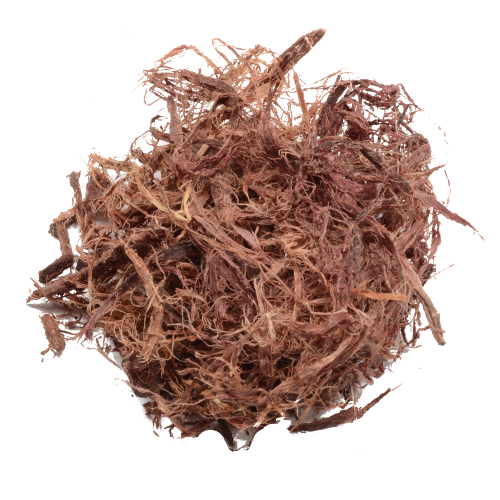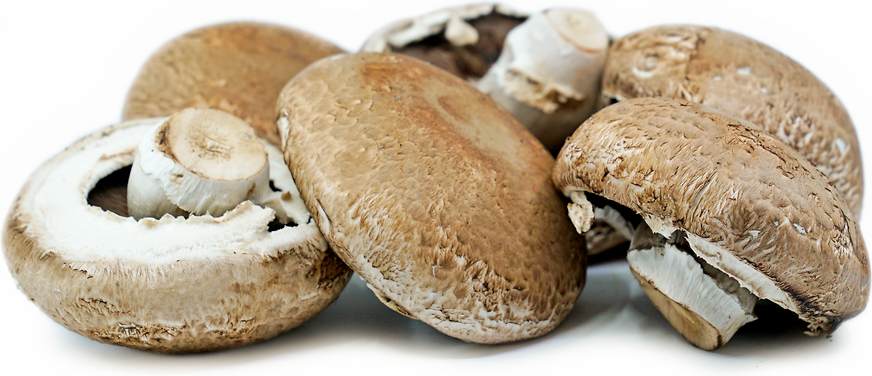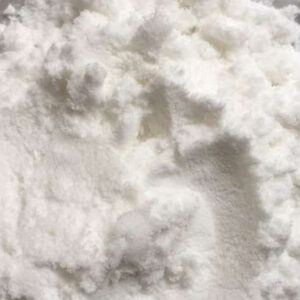Portabella Mushroom
$150.00 – $850.00
Description
PORTABELLA MUSHROOM FOR SALES ONLINE
Portabella Mushroom Description/Taste
Portabella mushroom are large in size and have a rounded, flat cap that averages fifteen centimeters in diameter and is connected to a thick stem. The smooth cap ranges from dark brown to tan and is firm, thick, and spongy. Underneath the cap, there are dark brown, fleshy gills, a small ring from the cotton-like veil, and the stem is fibrous, white, and dense. When cooked, Portabella mushrooms have a memorable chewy and meaty texture and a smoky, earthy flavor.
Portabella Mushroom Seasons/Availability
Portabella mushrooms are available year-round.
Current FactsAbout Portabella Mushroom
Portabella mushrooms, botanically classified as Agaricus bisporus, are the larger, earthier, and mature version of the common mushroom that belongs to the Agaricaceae family. Also known as Portobello, Agaric cultivé, Champignon Portobello, Flat Chestnut mushroom, and the Cultivated Mushroom, Portabella mushrooms grow individually in the grass, near manure piles, and on leaf litter near conifers, especially Monterey cypress trees in the northern hemisphere. There is some debate on whether the name should be spelled Portabella or Portobello, but both versions are accepted as the name was created as a part of a large marketing campaign in the 1980s. Portabella mushrooms are one of the top cultivated varieties and are favored by both professional and home chefs for their dense, meat-like texture and rich, earthy flavor.
Nutritional Values Of Portabella Shroom
Portabella mushrooms contain vitamin D, copper, selenium, potassium, phosphorus, vitamin B6, and niacin.
Portabella Shroom Applications
Portabella mushrooms are best suited for cooked applications such as broiling, sautéing, and grilling. They are extremely versatile and can be grilled whole to make a vegetarian burger or hollowed out and used as a pizza crust or bowl for other fillings. They can also be chopped and mixed into soups and stews, baked into pasta or rice dishes, sliced into salads, minced into a filling for a mushroom strudel, or chopped and cooked in an omelet. The caps are the part that is predominately cooked and consumed as the stem can be fibrous and woody, but the tough stem can also be used to add flavor to stock. Portabella mushrooms pair well with balsamic vinegar, fresh herbs such as oregano, rosemary, thyme, or cilantro, marinara, spinach, leafy greens, tomatoes, goat cheese, mozzarella, cream-based sauces, garlic, and onions. They will keep 7-10 days when stored in a paper bag in the refrigerator. They can also be cooked and stored in the freezer for a couple of months.
Portabella Mushroom Ethnic/Cultural Info
Portabella mushrooms are one of the most popularly cultivated mushrooms and account for approximately ninety percent of mushroom production in the United States. Despite their popularity today, Portabella mushrooms were once a highly unfavored mushroom due to their brown color and large size. In an effort to increase sales in the 1980s, marketing companies coined the term Portabella and reintroduced the mushroom to the market as a healthy meat alternative with great success. Today Portabella mushrooms grow stacked in specially designed rooms with controlled temperature, humidity, and fresh air to meet the increasing market demand. They propagate with the assistance of agar, grain spawn, and pasteurized substrates, and are marketed in both specialty health stores and supermarkets across the United States.
Portabella Shroom Geography/History
Portabella mushrooms are native to Italy and have been growing since ancient times. The first record of the mushroom was from French botanist Joseph Pitton de Tournefort in 1707, and they were then heavily marketed in the 1980s at natural health food stores. Today Portabella mushrooms are widely available at farmers markets, specialty grocers, and supermarkets in North America, Europe, Asia, and Australia.
How to grow a Portabella Mushroom
Although civilizations around the world figured out how to grow mushrooms The earliest description of the commercial cultivation of Agaricus bisporus was made by French botanist Joseph Pitton de Tournefort in 1707. The problem was that when they transplanted the mushroom, it would often get infected.
In 1893, sterilized, or pure culture, spawn was discovered and produced by the Pasteur Institute in Paris , and this assured that you could grow a consistent good white mushroom.
The original mushroom Agaricus bisporus was brown like a crimini or portobello but in 1926 a Pennsylvania mushroom farmer discovered this strain that was bright white.
Just as white bread was preferred back then so this mushroom became immediately popular. The brown mushrooms didn’t sell so those nasty crimini and portabella were considered culls and tossed or taken home by the growers.
Then in 1980 or so when the Whole Foods, Natural foods became popular then some ingenious marketer discovered that there was now a market for these darker of the species and maybe we could up the price ! Wade Whitfield of the Mushroom Council, an industry trade group in Roseville , Calif. “This thing has gone from nearly zero in 1993 to a predicted 30 million pounds this year.
Additional information
| Portobello Mushroom | 5 Pounds, 10 Pounds, 15 Pounds, 20 Pounds, 40 Pounds |
|---|







